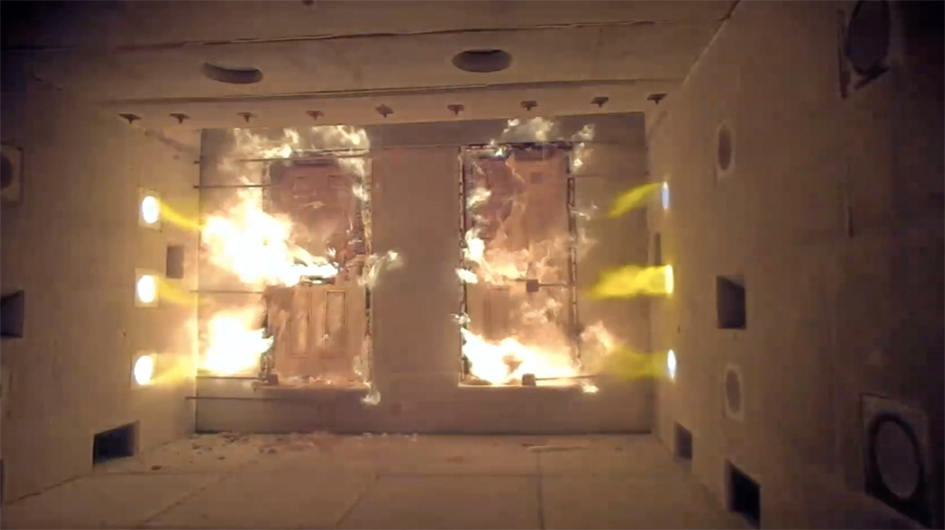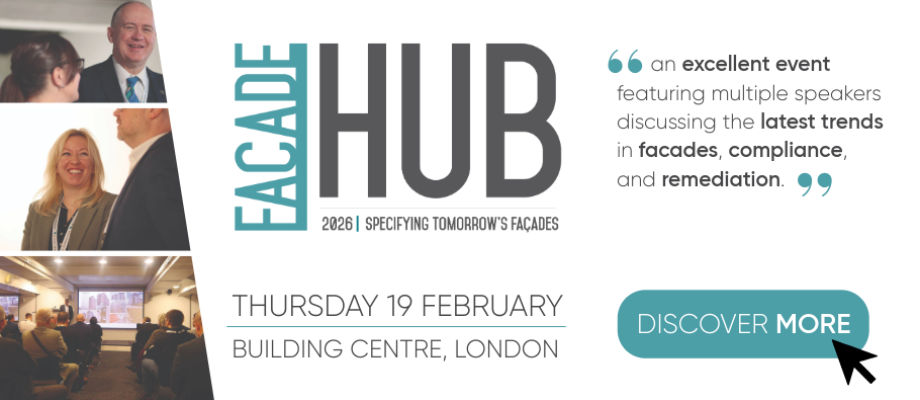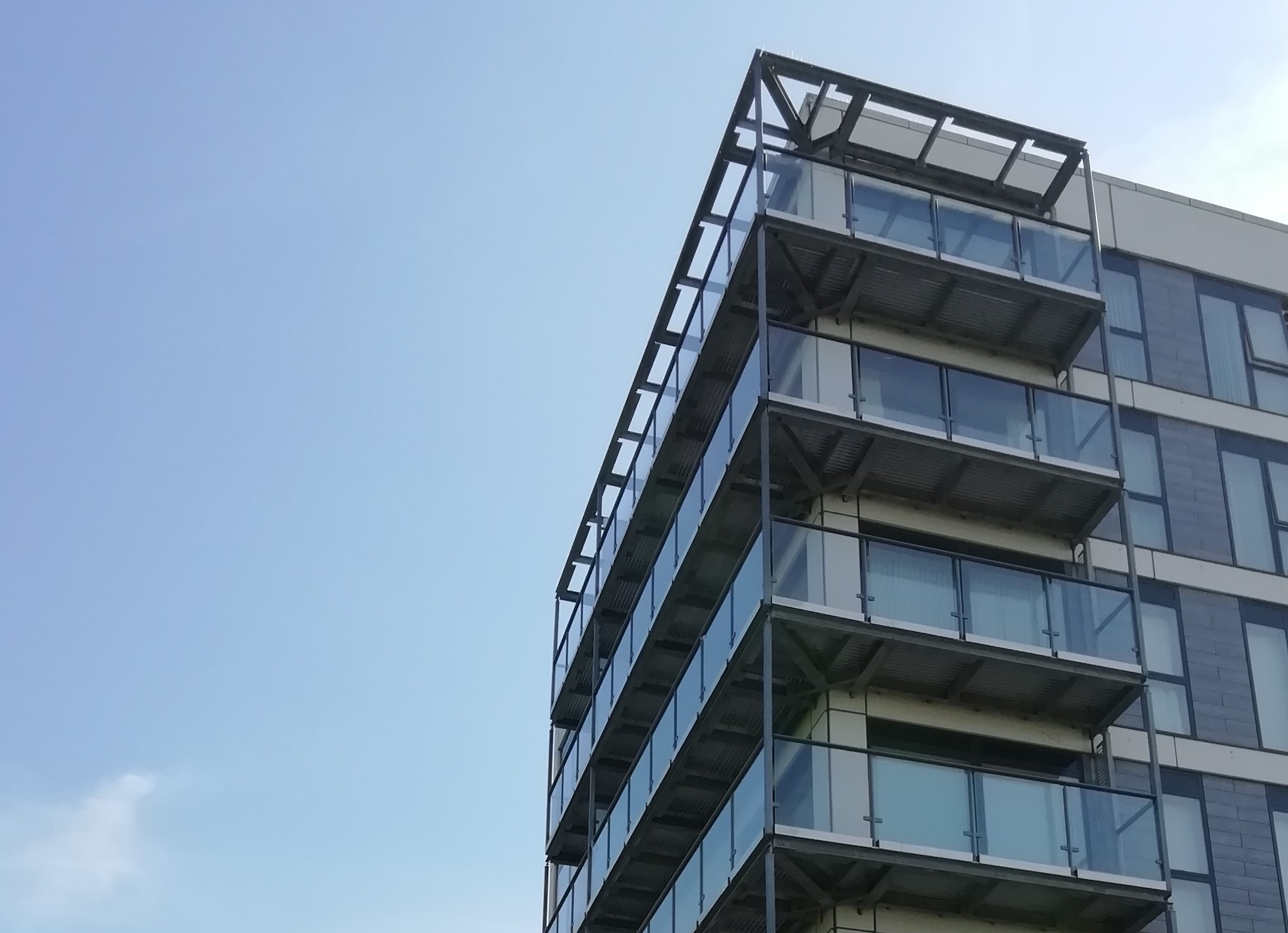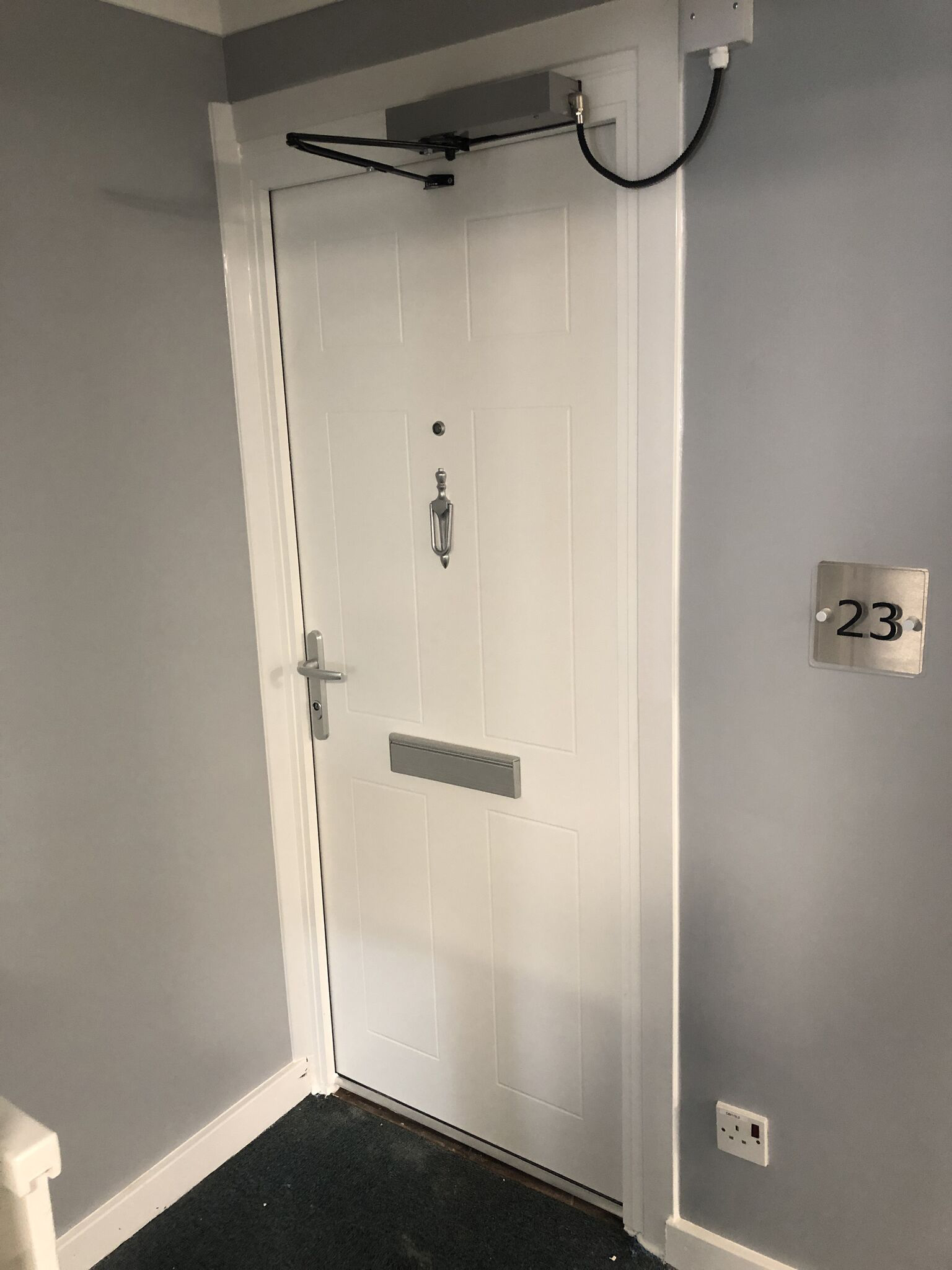GRP Fire Door Solution from Nationwide

After months of speculation, new testing and meetings between industry and MHCLG, leading social housing fenestration partner Nationwide Windows Ltd is delighted to be one of the first suppliers back to the market with their next generation, GRP fire door solution.
John Whalley, MD of Nationwide comments: “It has been a difficult time for many involved in the fire door supply chain, not least because the country has witnessed what can happen when things go wrong. So, it has taken time, clever product design and testing at levels never previously seen to get us to a position where we can announce that, in partnership with FDS (Fire Door Systems), we are introducing the next generation Nationwide GRP fire door.
- Read more about GRP Fire Door Solution from Nationwide
- Log in to post comments



















